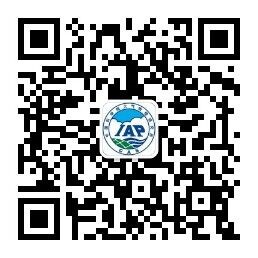题目:Confronting the cloud remote sensing problem with new physics
报告人:Dong Huang,Environmental Sciences Department, Brookhaven National Laboratory, Upton NY, USA
时间:2014年05月14日 周三,15:00-16:00
地点:大气所科研楼401
Abstract
Three-dimensional (3D) distributions of cloud water are critical for understanding cloud physics/microphysics and atmospheric radiation, and for improving cloud parameterizations in climate models. Remotely retrieving 3D clouds is often highly ill-posed due to the insufficient information content in the measurements, and it is further complicated by the vast range of spatial and temporal scales of cloud processes. I will first present an elegant mathematical approach to quantify the information content in remote sensing measurements, based on which a general framework of using a priori knowledge to constrain the ill-posed inversion will be discussed. While advanced inversion/optimization techniques are valuable to some extent, introducing new physics is the most efficient way to enhance the information content of remote sensing measurements. I will then provide two examples: microwave cloud tomography and dual-frequency radar approaches. Cloud tomography is conceptually the same as a CAT scanner, a widely used medical imaging tool, but the patient here is cloud. The data collected during the 2009 cloud tomography field campaign show that the tomographic scanning is able to enhance the information content of cloud by several orders. The second example utilizes the attenuation of radar signals calculated based on measurements at two frequencies to retrieve cloud water content. Conventionally, radar cloud retrievals are based on backscattering measurements which are highly biased toward large particle sizes. The dual-frequency technique, on the other hand, makes no assumption about cloud droplet size distribution and therefore is a more direct measurement of cloud water content.






